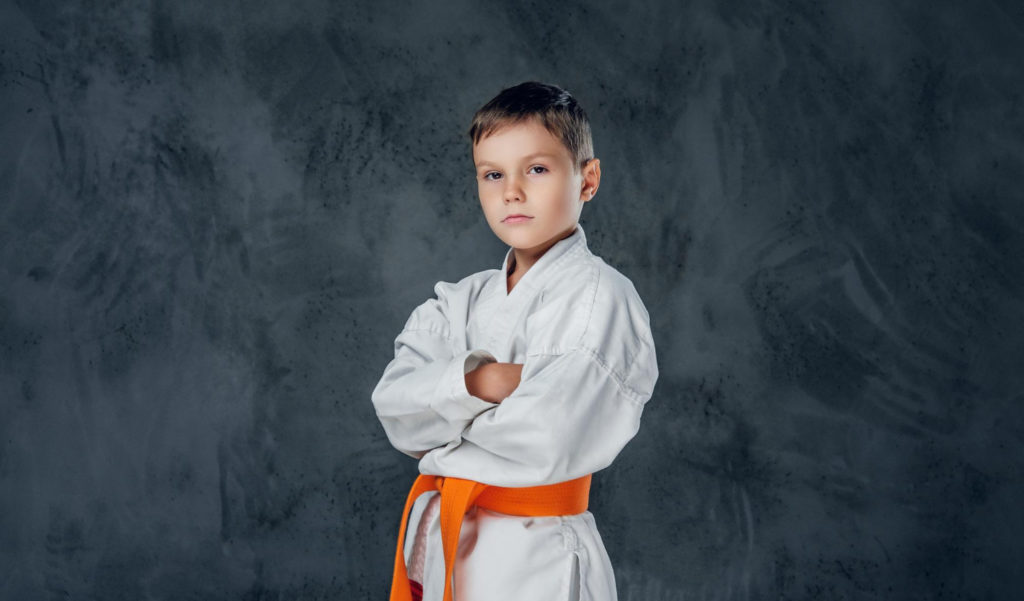Martial arts describe fighting techniques that predominantly originate from Japan, China and Korea. There are several different styles in Martial arts, each with a unique approach. Nonetheless, people generally train for various reasons. Self-defence and sports are the main objectives for most trainees, but all students enjoy similar benefits with few differences. Here is all you need to know about training martial arts for self-defence vs sports.
Training in martial arts is physical. All techniques involve full-body combat and incorporate the majority of the muscle groups. Competitive training is more physically demanding since all the fighters are professional: however, self-defence still requires a lot of physical effort. Furthermore, trainees enjoy similar benefits regardless of the training objective. Martial art techniques improve physical fitness, mental focus and coordination.
There is little difference in discipline and dedication between a self-defence student and a competitive martial artist. Mastering the techniques is difficult and takes time. Trainees often have to go over each technique for hours to perfect it.
Training in martial arts earns you a pass into a unique community of practitioners. Furthermore, students who practise together for years form a special bond beyond the training ground.
There are some clear differences between martial arts and self-defence. For example, the central objective of self-defence training is to learn techniques that would be useful in defending oneself in real-life situations. On the other hand, sports training focuses on scoring points. As a result, training is more refined for sports since competitors are professionals and several rules guide each competition.

The approach to self-defence techniques is simple. The execution is designed to be effective and easy to remember under stressful conditions. In contrast, martial arts techniques practised in sports are more complex and need a higher degree of skill to execute effectively. The probability of fighting a highly trained opponent for self-defence is low. Therefore, basic techniques are likely to have a huge impact. On the other hand, participants in competitive sports are highly trained, and only refined techniques are effective for victory.
In competitive martial arts, sparring involves full contact since the objective is to simulate combat situations. On the other hand, self-defence training primarily focuses on avoiding confrontation and minimising physical harm. Therefore, sparring is not a standard training approach in self-defence. The main techniques taught to trainees involve disarming opponents and escaping locks.
Competitive martial arts have strict rules and regulations, such as time limits, weight classes and prohibited techniques. These rules are designed to guarantee safety and ensure fair play. There are no rules in self-defence training. The style primarily focuses on using all the necessary techniques to protect oneself.
Survival and self-preservation are the primary emphases in self-defence. Therefore, the mindset of each trainee is to protect oneself. Sport martial arts, on the other hand, emphasises a competitive attitude. The desire is to win.
All in all, training in martial arts has numerous benefits, whether you are in it for self-defence or competitive sports.






